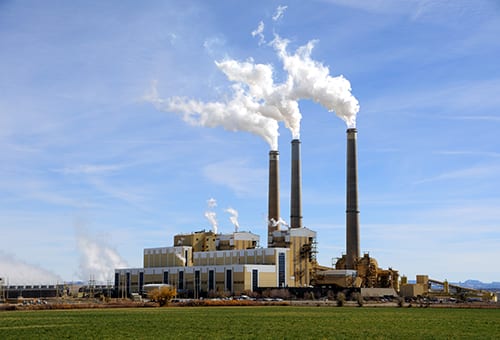 Carbon capture and storage (CCS) technologies could greatly reduce greenhouse gas emissions, allowing utilities to keep using abundant and efficient fossil fuels to generate reliable and affordable power.
Carbon capture and storage (CCS) technologies could greatly reduce greenhouse gas emissions, allowing utilities to keep using abundant and efficient fossil fuels to generate reliable and affordable power.
While power generation through renewables and nuclear continues to play a big role in lowering carbon emissions, fossil fuels tend to respond to changes in electric demand more quickly, which is why industry professionals are seeking a more conservative option that both lowers emissions and maximizes power output.
The basic idea is to transport carbon dioxide (CO2) from new and existing coal- and gas-fired power plants – via pipelines or some other means – to be injected deep into the ground (sequestration) or repurposed. However, it’s been difficult to surpass small pilot programs and achieve this feat to scale.
The CCS process has proven to be expensive because much energy is needed to concentrate significantly inert CO2 molecules together so they can be captured and used. However, this hasn’t stopped industry players from wanting to help the environment by establishing practical and profitable CO2 applications.
Check out these 5 potential benefits of carbon capture and storage
- Generate additional power. CO2-based steam cycles, during which CO2 is pressurized into a supercritical fluid, could transfer heat more readily and take less energy to compress steam, helping power generation turbines run more efficiently. Additionally, geologically stored CO2 could be used to extract geothermal heat from the same locations in which it’s injected, producing renewable geothermal energy.
- Create more fuel. Technically, it’s possible to convert CO2 into a fuel. There are multiple ways to accomplish this, but they’re difficult in terms of cost and process.
- Enrich concrete. Captured CO2 could be used to strengthen concrete, leading to increased infrastructure durability.
- Bolster manufacturing operations. CO2 could be used to make chemicals and plastics, such as polyurethanes that are used to create soft foams like those used in mattresses.
- Create new jobs. If more CCS operations were implemented, more skilled technicians would be needed to manage them.
DISCLAIMER: The information presented in this blog post was derived through close industry observation. Topics discussed should not be interpreted as predictions on behalf of Border States.
Related posts
Substation security checklist | 5 ways utilities protect the grid, up safety
Benefits of microgrids | Smart utility approach advances energy systems